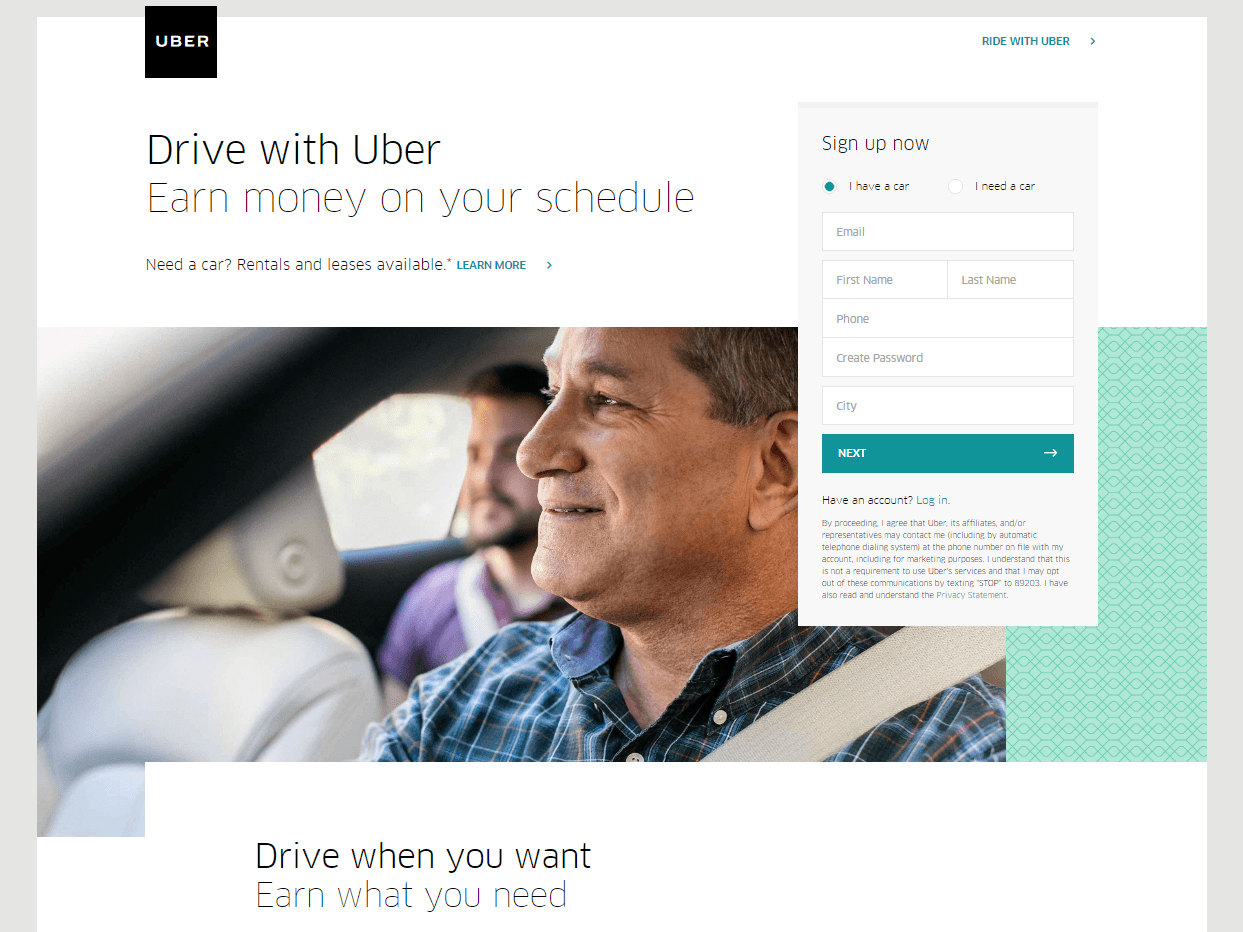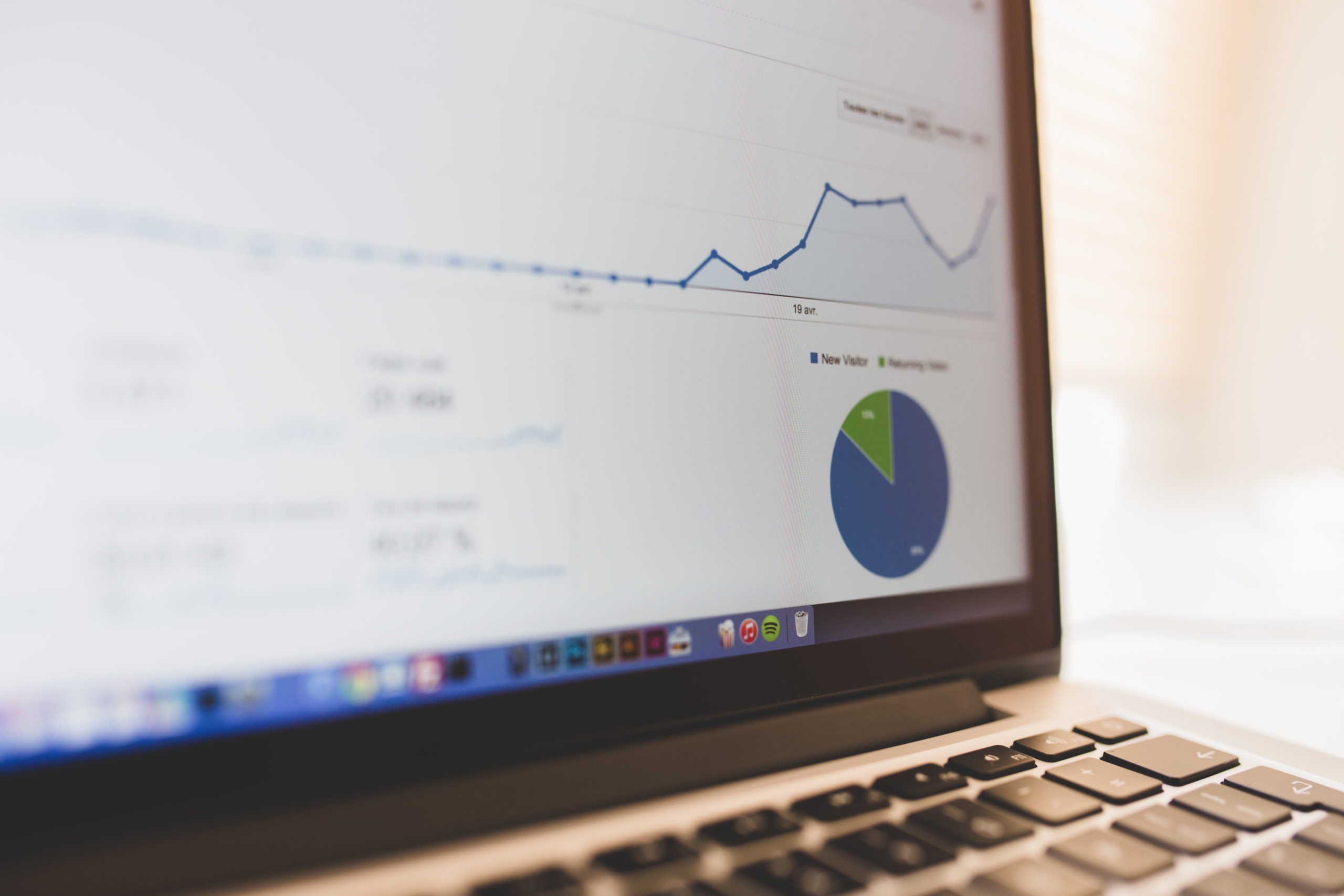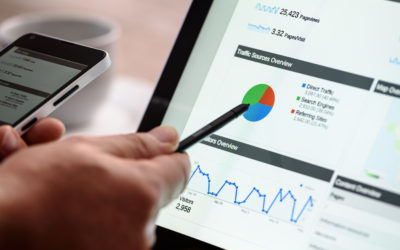5 tips for small businesses to drive success with digital advertising
Global digital ad spending is predicted to reach over $375 billion by 2021.
When it comes to digital marketing, many small business owners do not know where to start. It can be overwhelming, seemingly expensive, or they may simply not see the value in the investment.
Why should you read this?
This article will guide small businesses. It will explain why digital advertising is vital for your business as well as provide you with some tips on how to allocate your budget to maximize brand awareness and sales.
Why Digital Advertising and How Does It Help My Business?
Digital advertising is, in its simplest form, targeting a prospect or current customer with valuable and timely content on a search engine (such as Google), social media, or another website.
81% of shoppers research online before purchasing. It is time you show up to the party.

Digital advertising can also be tailored to your business needs. You can:
- Create an abundance of leads for you or your sales team and follow up digitally or 1:1.
- Improve visibility, awareness, and engagement of your brand online (ideal for new and rebranded businesses)
- Ramp up sales on a new product or service you now offer
- Pinpoint prospects seeking solutions to problems your product or service solves
Digital advertising allows you to reach the exact target, whenever and wherever your business needs it to. It’s one of the most transparent marketing expenditures because you have real-time results and can refine and retune your investment quickly.
According to PowerTraffick, small businesses earn an average of $3 in revenue for every $1.60 they spend on Google AdWords
Several smaller businesses invest as low as $750 a digital advertising. That’s roughly double the amount in sales for an investment. Would you invest in an avenue that can generate such sales and profitability at such low costs?
Absolutely!!!
%
$$ Return
A new report by Wordstream finds that a good number of small businesses (29%) are spending somewhere in the sweet spot ($750-$2499) monthly to get the data needed for good online advertising results.
What are the leading digital advertising options?
Search engine marketing
When you search for a specific topic, the intent is to get the searcher, or prospect, to click through the ad to a specific page and get them to do something. That something can be a purchase, sign up, download, etc. 61% of people use search engines to read about products and services.
Display marketing
Your ad appears within a website that meets the criteria of your campaign objective. Again, you want the prospect to click through your ad to your landing page.
Social media marketing
The ad appears in the social media channel itself. Depending on the campaign objective, a conversion may be liking or following a page, buying a product, downloading something, signing up, etc.
On average, these people spend 2 hours and 22 minutes on social media networks per day, 80% of the time is on mobile.
So, what’s the commonality between these forms of advertising?
The common theme here is getting a prospect to click and them to a page where it is easy to get them to do what you want them to do. This is a success.

5 tips for making the most of your digital advertising campaign.
1. Figure out “who” and “what” to say “when.”
Targeting is an integral part of digital advertising for businesses. You don’t want to invest an abundance of money into a campaign that doesn’t reach people interested in your business.
Do you want to give the best speech ever to an empty stadium? No! Define you target audience.
How do you define your target audience?
Look at your current customer base.
Did you know? You and your sales teams may already know have insights on your target audience through business experience. Use that insight!
What type of people buys products from your business? You want to look at information like:
- Demographics
- Buying habits
- Hobbies
- Socioeconomic status
Review your social media and website analytics.
Social media tools make it easy to look up who is engaging with your post when, and what types of content resonate with them. Facebook, Instagram, Twitter, LinkedIn, Pinterest, and TikTok all have them.
Most websites will have installed code for the use of Google Analytics. Use the demographics and behavioral reports to identify what types of audiences click through to your website. Several of our clients are surprised to find it is not what they initially assumed!
Create buyer personas.
The data and insights help to create stellar buyer personas, which are research-derived messages of the people most likely to take an interest in your products or services. Creating these personas enables you to target these interested leads accurately.
Buyer personas are research-derived messages of the people most likely to take an interest in your products or services. Don’t you want to attract the customers you want with your investment?
By getting to know your target audience, you’ll drive better results with your ad marketing campaign.
2. Set a Budget!
Budgeting is crucial.
part of your paid advertising program because you must have funds to keep your ad running. You must have a budget in place to know how much you can spend on your paid ads.
There is no set minimum you must meet to advertise online. Platforms, like Google, will work with your budget and help you break down how you spend your money.
That’s why the misconception of digital advertising only being for larger businesses and budgets are not accurate.
You can set a budget of $500 or $50,000. Your campaign objectives and budget determine this. By defining your budget, you’ll help drive more success for your ad marketing campaign.

What do you want to spend?
If you are using a CPC (cost per click) campaign, make sure your average CPC aligns with what your industry spends and MEETS THE NEEDS OF YOUR BUDGET!
You will pay for each prospect that clicks through your ad and onto your landing page (see tip 4 for more on this), so you want to make sure you are budgeting properly.
3. Invest in retargeting ads
People leave your page for numerous reasons, like getting distracted or wanting to take time to think about making a purchase.
People will often visit your website but take no action (call, click, buy).
You may think you’ve lost these leads, but with retargeting, you can put your brand in front of these leads again and get them to convert.
Retargeted ads target people who viewed your product or webpages previously but didn’t convert.
You can help reinforce and remind prospects and customers of your brand through retargeted ads.
With the use of a tracking pixel, you can track people anonymously that visit your website.
You’ll get notified of the websites they visit. From that point, you can generate an ad to reach them on the sites they visit.
You can also run retargeting ads through Facebook. With the installation of the Facebook pixel, you can track social media users and deliver advertisements to them in their newsfeed later.
Retargeting is a great way to reengage your audience and get them to think about your business.
By running retargeted ads, you’ll get more people to think about your business and consider buying your products again.
It is also a great way to create an omnipresence through various channels, often referred to as omnichannel marketing.
4. Create an effective landing page

We had to include this super clean, crisp, and compelling landing page by Uber.
It’s the first thing your audience sees when they click on your ad. You are taking them to where they need to go.
An essential part of your ad marketing campaign is the landing page.
You want to create an impactful landing page that gets your audience to stay on the page.
Landing pages can make or break your ad campaign. If your landing page isn’t relevant or is challenging to read, your audience will click away.
To be successful with your landing page, make it specific and seamless.
If your advertising a specific camera and the prospect is taken to your homepage when they click on it and not to the actual product, you will lose them. You want your experience to seamless until they convert (buy, download, sign up, etc.)
Give them what they are looking for.
Aside from choosing the appropriate information, your landing page must stay organized. You must include:
- A clear heading
- Call to action (CTA) button
- Visual elements
Don’t overload your landing page with too much text or too many visuals. It’s crucial to keep your page balanced so it looks visually appealing to your audience.
Experiment with video on your landing page.
79 percent of consumers agree video is the easiest way to get to know a brand online. Use this to your advantage through showcasing your message with video. LinkedIn Unlocked: Unlock the Mystery of LinkedIn to Drive More Sales Through Social Selling
Overall, your landing page must be clean, organized, and easy to read. It should also have a direction to help guide your audience towards the CTA button.
If you’re running multiple ads for different products, create a unique landing page for each. It will help you drive better results with your ad marketing campaign.
5. It is what you say that matters.
When companies try to pitch their products or services to customers, they tend to focus on the positive value and benefits that it provides to the customer.
People don’t always want to hear a long list of why your company is the best. The truth is, they do not care. They are looking for a solution to their problem. You need to tell them how your product or service is that solution.
You can reference your company, but do not make it be the entire focus.
Think of your and and landing page following the WIIFM approach, which stands for What’s In It for Me. These people care most about how your product or service will benefit their life.
When you create your landing pages and advertisements, focus on how your product or service benefits the user.
Tell them how your product or service solves their problem or fulfills a need.
You want the content of your ad to align to where the customer goes when they click on it.
What’s in it for them will keep your audience more engaged and interested in what you’re offering.
Summary
As a small business, your goal is to find the most cost-effective marketing methods to generate sales. You want the most bang for your buck, be methodical with your content, and focus on goal-oriented outcomes.
- Digital advertising is attainable for all budgets to generate leads, increase sales, brand visibility, and increase awareness of new products or services.
- Search engine marketing places your ad on a search engine’s results and appears when a searcher seeks information for a specific phrase.
- Display advertising places your ad on a website meeting your brand criteria.
- Social media marketing places ads on social media channels and appears to those you target
- To create a great ad, make sure you know what to say to your target audiences that will pique their interest. This comes from researching your target audience and creating a buyer persona. Make sure your budget is well defined.
- Invest your ad spend in retargeting ads, getting your brand and message to reappear to those who have shown interest by visiting your website.
- Once a user clicks on your ad, you want them to be taken to an optimal landing page that is easy to navigate and creates a seamless experience.




0 Comments